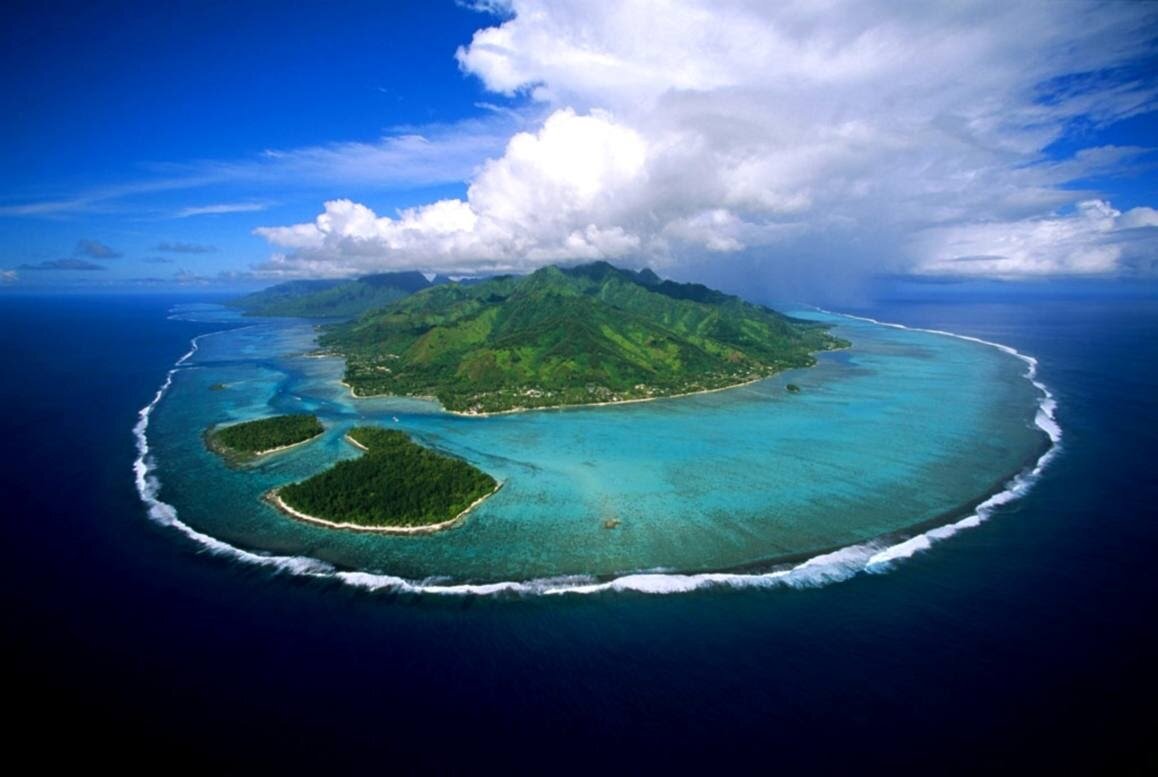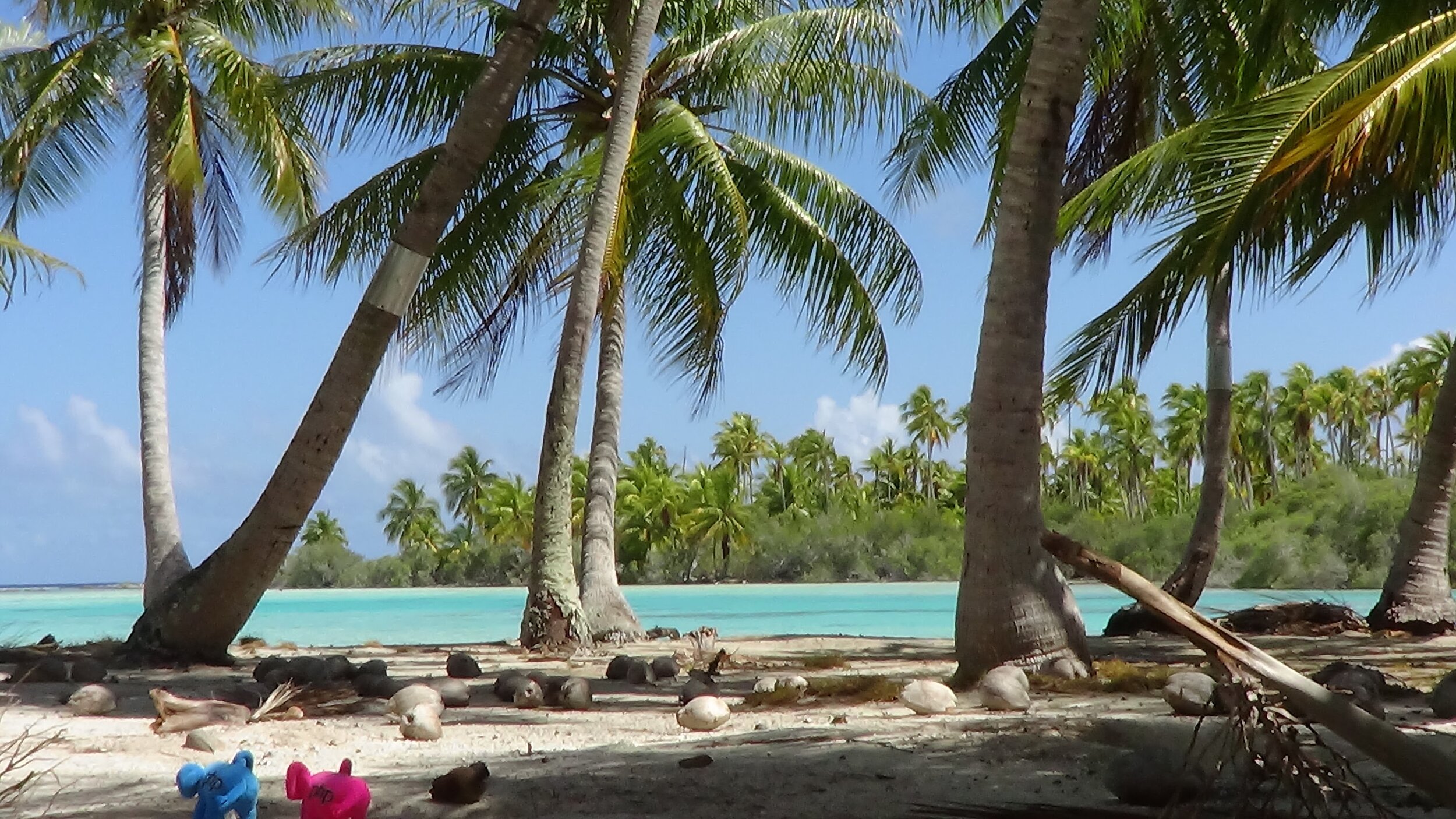Yemen, the most impoverished and water insecure country in the Middle East, faces serious risks from climate change, including unpredictable rainfall patterns amid a hot and dry climate.
Yemen’s capital, Sanaa. Hiro Otake. CC BY-NC-ND 2.0
Climate change poses a serious threat to countries all across the world, but Yemen in particular is extremely vulnerable. According to the United Nations Development Program, three main sectors of Yemen are especially at risk: water resources, agriculture and coastal zones.
Water Resources
Yemen’s natural sources of clean freshwater are drying up, and its reservoirs are nearly drained. Yemenis say that rising average temperatures, which could increase by 2.2 to 6 degrees Fahrenheit, are causing 10 future generations’ worth of water to be used up now. In addition, Yemen’s rapidly growing population—currently at 29 million—means less water per person.
Water shortages are also leading to social tensions and local conflicts in Yemen’s poor cities. The impacts of climate change—increased temperatures, drought and rising sea levels—will continue to remove access to safe drinking water, spark conflict over water, and cause saltwater intrusion of groundwater sources.
Village well in Yemen. Ahron de Leeuw. CC BY 2.0
Since the Yemeni government has struggled to establish a modern water governance framework, the water shortage is being met by modern tube wells and boreholes, which drain reserves of underground water. Many independent households are also piping and fetching their own water.
Further depletion of water resources is expected to reduce agricultural productivity by 40%. Yemen’s agricultural sector is another that will face the harsh impact of climate change.
Agriculture
The agricultural sector employs the majority of Yemen’s workforce, cultivating crops of fruit, vegetables, fodder and more. Due to climate change, rainfall on these farms often leads to floods that cause soil erosion and loss of land. In other months, dry periods and droughts lead to desertification, accounting for an estimated 3-5% annual loss in fertile land.
In addition, the cultivation of qat—a shrub whose leaves have a narcotic effect—has worsened Yemen’s water problems, covering 38% of Yemen’s irrigated areas and consuming 40% of available water resources. Sea levels are also expected to increase by 1 to 1.75 feet by 2100, which could cause water to leak into coastal freshwater aquifers and make soil brackish.
Not only could Yemen’s economy considerably decline due to a lack of natural rural resources, but food insecurity will also skyrocket and increase the country’s need for imported grains. Moreover, 75% of the population is rural and engaged in farming. Therefore, Yemenis are highly dependent on a good climate for their livelihoods, something that climate change is making almost impossible.
Coastal Zones
Due to increased storm surges and sea level rise, Yemen is extremely susceptible to coastal zone damage. As one of the top 10 low-income countries most vulnerable to coastal damage, Yemen’s ecosystems and communities are threatened by rising sea levels, erosion, floods, mass displacement and economic disorder. For example, in 2008, floods in southeastern Yemen caused $1.6 billion in damages and losses, which was the equivalent of 6% of the country’s gross domestic product.
The projected impacts of climate change in Yemen will intensify the social, economic and political issues that its citizens already face from the country’s ongoing civil war. In order to help Yemenis, world leaders say it is imperative to pursue viable environmental solutions, such as carbon pricing, clean public transport, renewable energy, sustainable agricultural programs and efficient workspaces. Without transformative change, countries such as Yemen face potentially catastrophic consequences.
Isabelle Durso
Isabelle is an undergraduate student at Boston University currently on campus in Boston. She is double majoring in Journalism and Film & Television, and she is interested in being a travel writer and writing human-interest stories around the world. Isabelle loves to explore and experience new cultures, and she hopes to share other people's stories through her writing. In the future, she intends to keep writing journalistic articles as well as creative screenplays.
































































